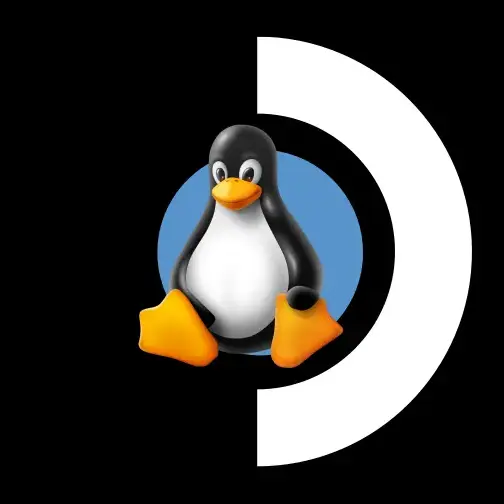Zelaf
Sopuli lover
My interests are mainly music, instruments, tech, Linux and self hosting.
- 7 Posts
- 182 Comments
“I was also on the team that helped create covid!”
Exactly, just run your magical new code in a minifier and problem solved! It’ll be just as speedy as the real deal!

 6·15 days ago
6·15 days agoHaving run minor projects using PocketBase before and also seen what PocketBase itself can do and SQLite configured correctly in general, It’s great. I’ve gotten to be a big fan of it by the years and gladly opt for it over the bigger ones.
If this project got SQLite support it would be a great replacement for my own setup which requires about 3 or 4 accounts. Currently using a proprietary solution and been looking into moving to Authentik but it’s a bit too heavy resource wise for my current servers.

 7·23 days ago
7·23 days agoI’m saving this. This is gold
But wait, I’m only in my mid 20s! It’s too early! It shouldn’t be happening!
While you’re right that it’s not an explicit ADHD thing, it is very much a symptom of it. How To ADHD made a video about motivation and points out some of the emotional aspects of it here: https://www.youtube.com/watch?v=OM0Xv0eVGtY which can cause the problematic low self-esteem and people-pleasing behaviour. But there has been a lot of connections with ADHD and Rejection Sensitive Dysphoria which can further connect to the behaviours in the OP.
Another good Additude article was written from a question sent in, “How can I stop people-pleasing at work?”.
In short: Everyones ADHD affects everyone differently but this definitely has strong connections to ADHD.
I really really like this. Especially the sentiment of the text.
For the past few months I’ve been cripplingly focused on my homelab environment trying to perfect it and fix issues only to find new issues and when I’m not I keep trying to find things to fix with it. It takes out a lot of what I should be doing in my day to day.
Thank you yet again for doing these! <3
It’s exceptionally well as always!
You’re beloved too for being here with us. Thank you for your presence.
Look at Mr. Svalbard Global Seed Storage over here.

 7·3 months ago
7·3 months agoDan… I fucking love you. Thank you for this writeup. Not only is it helpful but it gives me encouragement to continue finding ways and figure things out.
I couple years back when I did my photography education we had an assignment to create a photo book as our final “exam” thing. I decided to document and show the daily life of a blind man and his tools and what he’s had to go through as his blindness got worse over the years. He showed me how he uses his computer and phone and such so I really really saw the importance of accessibility.
Somewhat luckily I’ve been able to keep the forms somewhat sane due to using component libraries which implement accessibility well. I always make my things in SvelteKit which does have good support for accessibility and I always keep my colours contrasty with as close to as AAA as possible because it’s easier on my own eyes too hahaha.
There’s a national deaf-blind association nearby and I’ve been thinking of going there to chat about accessibility and website usage with them one day.
I’m working on digitizing the book I made into a website and of course want to make that website extroniously accessible so even a blind person can hear through descriptive wording of what’s happening in the images. I also plan to make a scrolly-type thing using as little JS as possible which is nicely achievable now with the CSS scroll modifiers that’s been added over the years.
It’s going to be exciting to see how everything will work out. I can’t thank you enough, while my only computer is a Steam Deck where running VMs is a bit so and so I’m gonna see if I can use some public computer or see if someone in the association can help me test things out and fix things from there.
















You just made me unlock a new fear